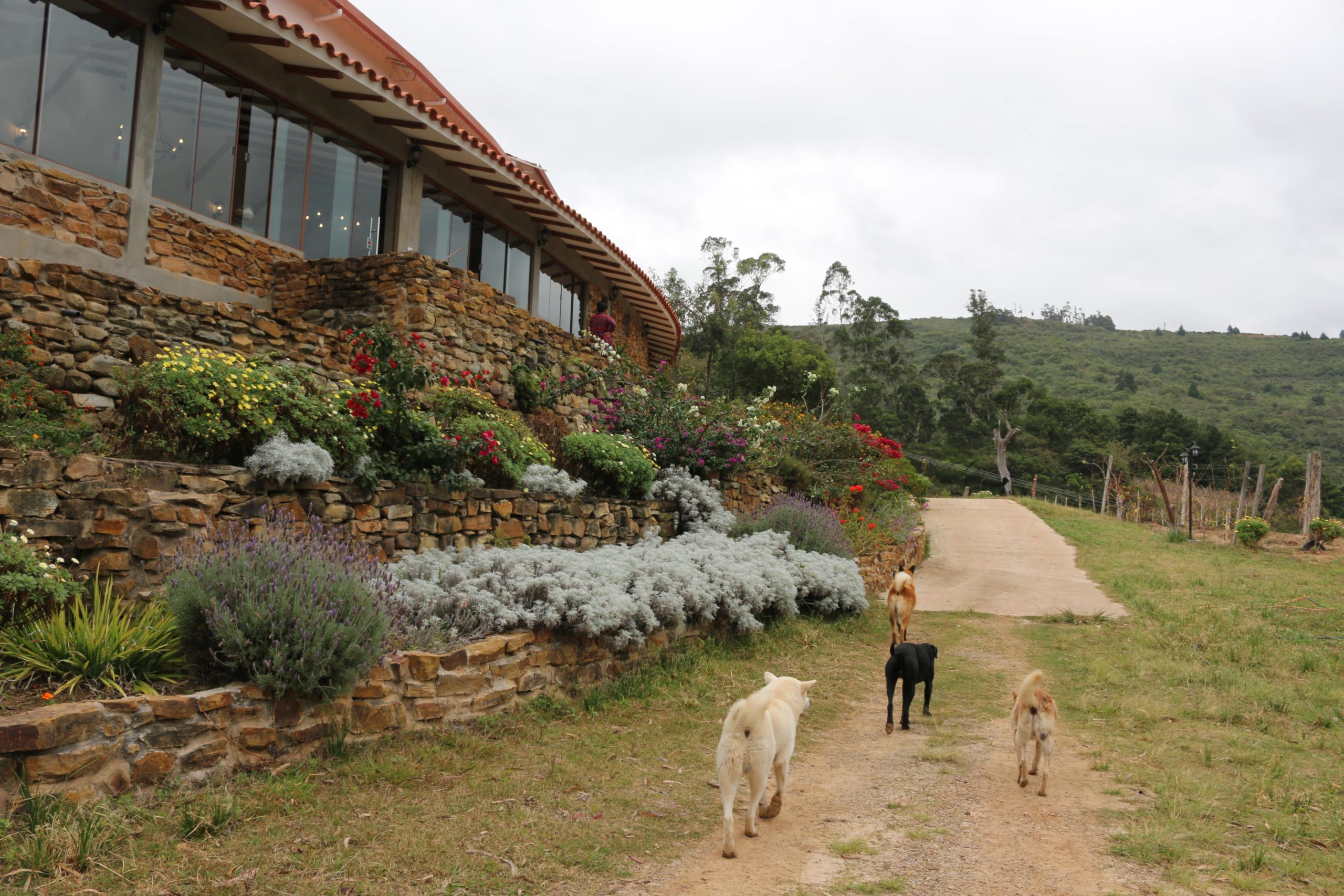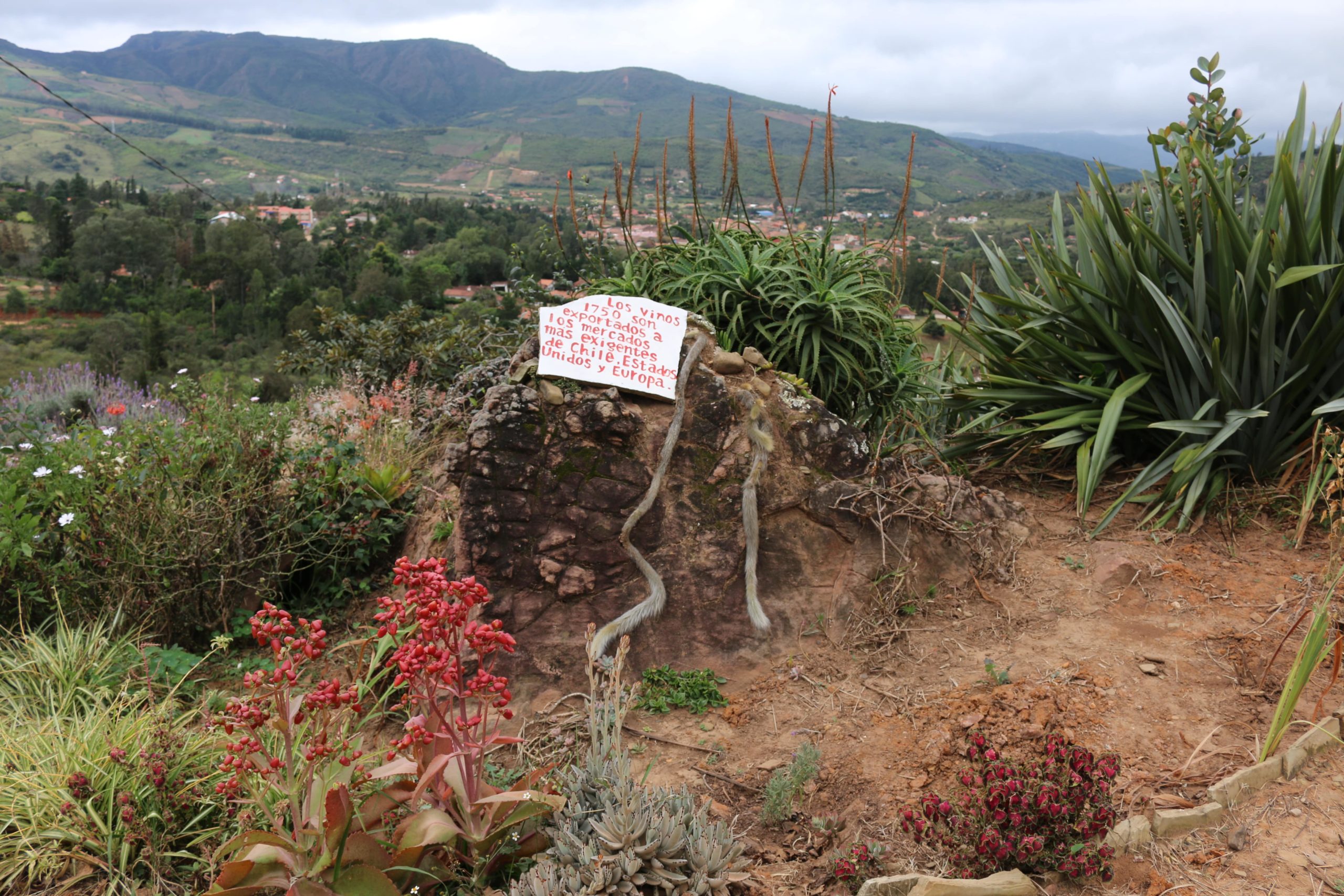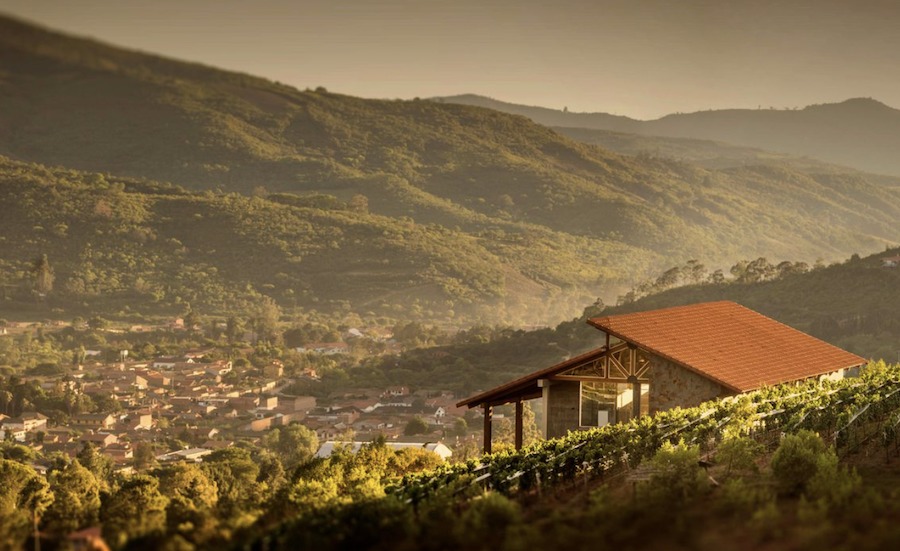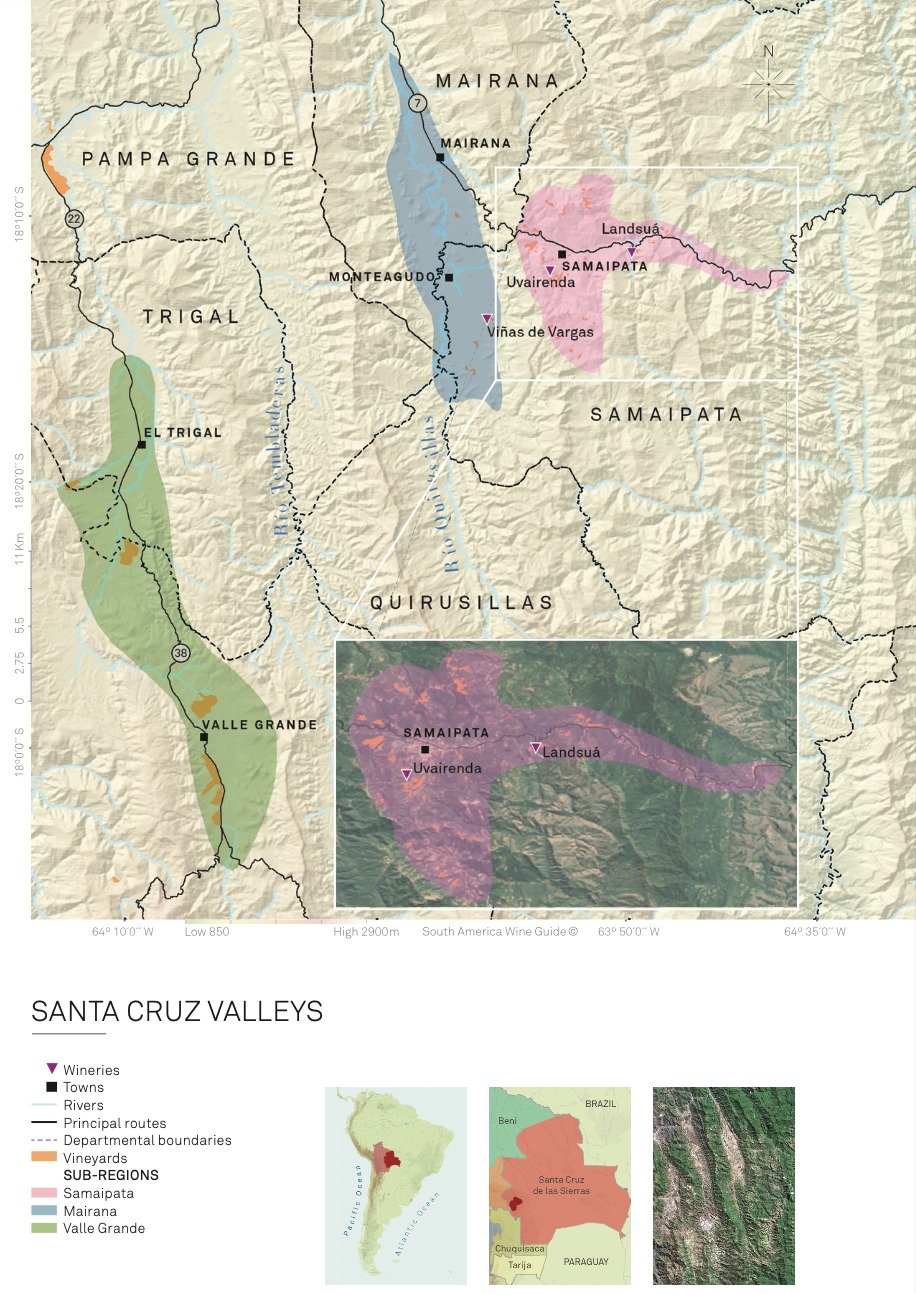The Santa Cruz valleys and Samaipata wine region in central Bolivia offer a unique insight into Bolivian wine and culture, and embrace a promising future in wine tourism.
Guide to Bolivia’s Santa Cruz valleys & wine region
Santa Cruz was slow to develop as a wine region, due to its stronghold of native culture and resistance to the Spanish Viceroyalty (which brought viticulture to other areas). The semi-humid and sub-tropical climate in and around Santa Cruz also isn’t ideal for viticulture. It is, however, quite advantageous for most agriculture and Santa Cruz is a major hub of Bolivian agriculture, and has more cows than people.
The wine regions of Santa Cruz therefore, are about three hours away from the city by car in a special transition zone where unique climate conditions combine. The Santa Cruz valleys are a series of shallow mountain valleys which are impacted southern winds, known as surazos, which blow through the valleys, keeping the climate cooler and drier than the Amazon basin and tropical climates above. These valleys, unlike the Amazon, have distinct seasons, which lend them to quality wine production.
In combination with the surazo winds, the high altitude also makes this a relatively moderate climate and one of the coolest in Bolivia — impressive for this latitude at 18°S! The wines gain plenty of aromatic expression from the high solar exposure, but also retain fresh acidities from the mountain influence.
Although many different grape varieties are grown in the Santa Cruz valleys, some of the star performers are fragrant Pedro Gimenez and Torrontès, and Syrah and Cabernet Sauvignon (which takes on an aromatic expression of citrus and floral notes I have not yet found elsewhere!)

Fast Facts on Samaipata wine region
- Hectares planted: 600
- Producers: <5 wineries; <80 growers
- Sub-regions: Samaipata, Vallegrande, Saipina, Comarapa, Mairana
- Altitude: 1,600 to 2,600 m.a.s.l.
- Most-planted varieties: Syrah, Tannat, Torrontés, Pedro Giménez, Cabernet Sauvignon, Merlot
Visiting Samaipata & the wine regions
It’s not only this crossing of climates which makes the valleys interesting to visit, but it is also a fascinating melting pot of cultures. As a region that has held onto strong elements of its ancient and native cultures, it has a rich identity that is a fusion of influences from the past along with the modern mestizo identity of Bolivians.
Samaipata, the main town in the heart of the Santa Cruz valleys, not only attracts Bolivians from all over the country but is also a hub of international tourism. Travel highlights include visiting the ‘El Fuente’ temple and UNESCO heritage site, which is Bolivia’s largest pre-Inca site, as well as the nearby wineries of Vinos 1750 and Landsua. But the town itself is also one of the main draws, with a bohemian feel and filled with artisans selling their goods, trendy cafés, eco hostels and craft beer joints.
How to get around Samaipata
There are regular buses from Santa Cruz or you might choose to hire a car or taxi. The wineries are relatively close to the town of Samaipata and taxis are readily available and cheap. El Fuente and the nearby caves and waterfalls, known simply as Las Cuevas, are a short drive or taxi journey from town.
Where to stay
El Pueblito is a boho-chic village of houses that are all strategically placed around a large campfire, monastery, dovecote and peacock sanctuary. Beautiful lodgings with a laid-back vibe, and a short walk from Vinos 1750-Uvairenda.
Where to eat & drink
La Boheme is the bar for cocktails pre- and post-dinner; while Tierra Libre is the buzzing spot for dinner and coffee. Latina Cafe has a slightly more romantic feel and Tia Maria serves up traditional Bolivian fare.

Wineries and wines to look out for in Santa Cruz
LANDSUÁ
Landsuá is a modern family producer with a dramatic vineyard planted on steep slopes and rocky, schist terraces overlooking Samaipata. They have interesting varieties, including Carignan and Semillon, and are open for visits and light lunches.
MARQUEZ DE LA VIÑA
Marquez de la Viña is the oldest commercial winery in Cochabamba, making wine for over 60 years in Vinto. Their grapes are sourced locally, as well as from La Paz, Tarija and Cinti. Marquez de la Viña produces an eclectic portfolio of wines and Singani which are often blends of terroirs.
VINOS 1750-UVAIRENDA
A boutique winery and the leading Bolivian exporter, Vinos 1750 (Uvairenda) winery was founded by two high school best friends, Francisco Roig and Peregrín Ortiz in 2004, who are the pioneers in the renaissance of viticulture in Samaipata. The terraced vineyards are planted on steep slopes of sandstone, slate, limestone and clay and the youthful portfolio includes juicy Tannat, cool-climate Syrah and aromatic Pedro Giménez.
VIÑAS VARGAS
Viñas Vargas is a family enterprise in the Mairana valley which produces wine and Singani with grape varieties including Moscatel, Cabernet Sauvignon and Quebranta.
 Want to know more detail about
Want to know more detail about
the wines & wine regions in Bolivia?
Get your copy of the BOLIVIA WINE GUIDE E-BOOK
& the full, award-winning hardback THE SOUTH AMERICA WINE GUIDE
Check out our video guide to the Santa Cruz valleys and wine region of Samaipata
We chat to sommelier Darren Armstrong about the terroir of the Santa Cruz valleys and Samaipata in this video interview, taken right from the vineyard of Vinos 1750.
Map of Santa Cruz wine region
Find out more about Bolivia:
- Uncorking Bolivia: which wines to try from Bolivia
- Safeguarding Bolivian wine traditions: an interview with Marcelo Vacaflores in Cinti Valley
- Uncorking Bolivia: which wines to try in Bolivia
- A wine lover’s guide to Bolivia
- A brief history of Bolivian wine
- The high flyers: top varieties of wine in Bolivia


